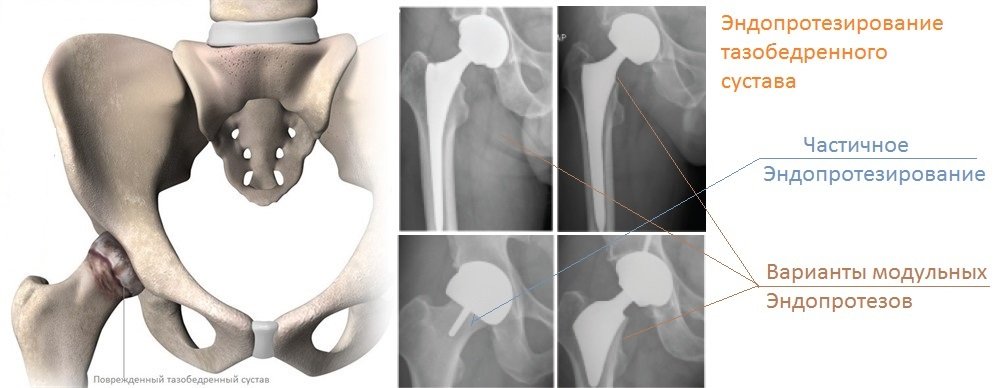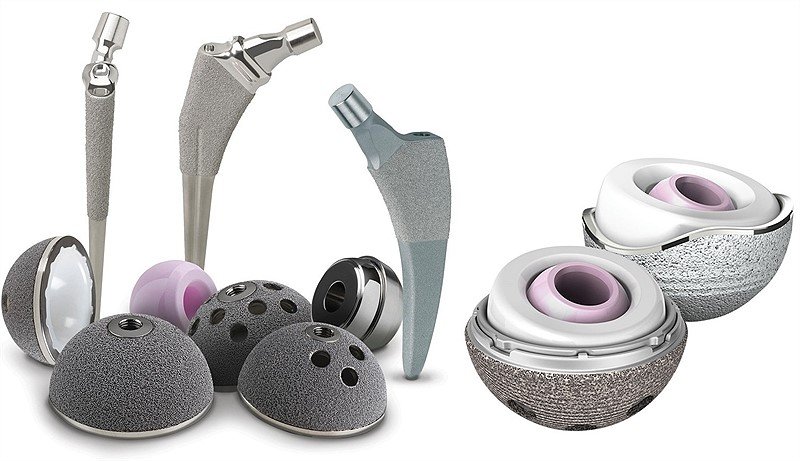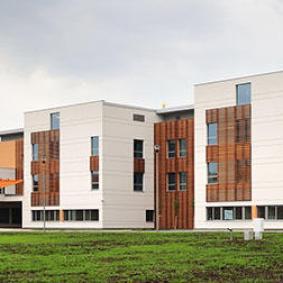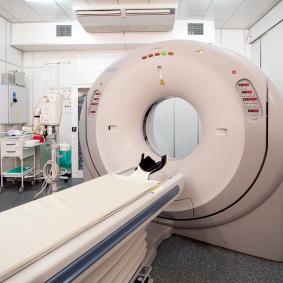Hip replacement in clinics of Zhguv
the
the Goal of hip replacement
hip replacement is a surgical procedure whose objectives are the full recovery of motor activity and the person gets rid of pain. Currently, using modern implants and the right technology installation of artificial joint, the person can return to an active lifestyle. After total hip replacement realistic exercise, which include: walking, swimming, golfing, Hiking, and Cycling! In addition, for young patients, overseas operations are performed on partial hip replacement — this technology is regaining the ability sports. In this article, you will learn all the modern methods of replacement joints and implants technology. Doclandmed.com recommends orthopedists and technology are recognized as the best in the world.

Doclandmed.com recommends only those doctors and technology, which are recognized as best in the world.
Orthopedics , Cardiology and a heart surgery , Urology and nephrology , Childbirth , Obstetrics and Gynecology , Rheumatology
Oncology , Cardiology and a heart surgery , Neurology , Childbirth , Obstetrics and Gynecology , Traumatology

Oncology , Surgery , Cardiology and a heart surgery , Dermatology , Plastic surgery , Diagnostics , Obstetrics and Gynecology

We found 0 clinics specialized in Orthopedics in Poland
in order to understand the causes of problems in the hip joint and in which cases is arthroplasty (hip replacement), it is necessary to say a little about the structure of the hip joint — one of the largest joints of the body. The hip joint is a ball joint in which round head of the femur immersed in the acetabulum of the pelvic bone. All bone surfaces of the hip joint are covered with smooth cartilage tissue. The synovial sheath surrounds the hip joint and produces synovial fluid which lubricates the cartilage surface, eliminating friction during movements. The stability of the position of the bones in the joint ligaments. When everything is normal, we do not think about how our joint, but a number of diseases and injuries can cause significant pain and severe limitation of mobility.

Under what conditions do the hip replacement ?
1. Coxarthrosis is osteoarthritis of the hip joint, which often serve as the degenerative changes associated with age. "Age-related" wear and tear of the joint occurs in people over 50 years old, often with family history of arthritis. These patients are being eroded and damaged cartilage surface, the friction of the bones in the joint, which leads to their damage. The level of destruction in the joint affects the severity of the pain and limited mobility.
2. Aseptic necrosis of the femoral head is the femoral head destruction the result of circulatory disorders in bone. The lack of proper blood flow leads to destruction of the surface of the bone and premature wear of the joint.
3. Rheumatoid arthritis is an autoimmune disease in which there is chronic inflammation of the synovial membrane of the joint, which leads to the lack of lubrication required for the normal sliding surfaces and causes gradual destruction of the joint.
4. Hip fracture patients in old age is the reason for replacing the hip joint with artificial prosthesis.
5. Canine hip dysplasia — despite the fact that the problem can be successfully treated in childhood, the disease can cause osteoporosis, where there is a need for a hip replacement.
6. Re-arthroplasty is sometimes found in our practice. Joint instability after surgery and not precisely fixed implant — are the most common factors leading to re-joint replacement. For this reason, we recommend only the best orthopedists and specialized clinics in Russia and abroad.
Case in our practice, talks about the possibility of re-endoprosthesis of the hip joint in a patient with identified infection of the bone and instability of the installed implant. We have successfully solved these two problems, by sending the patient to the clinic. The patient removed the old implant, installed a new temporary spacer with antibiotics, and conducted conservative treatment, then had surgery using the latest implant and computer navigation (to ensure maximum accuracy of the installation of the artificial joint). Treatment and rehabilitation in this case took two months, but allowed the patient to fully return to a normal life, without pain and limitation of movement.
Indications for hip replacement

recommendations of the joint based on the degree of pain and limitation of movement (in fact, disability), not on the age of the patient. Most patients who are joint replacement abroad — people aged 50 to 80 years. We have extensive experience sending patients to clinics in Europe and Korea, and the statistics tells us about the successful replacement of the hip joint in all age groups, from young teenagers with juvenile arthritis to elderly patients with degenerative changes in the joint.
Features replacement abroad
- Computer navigation in hip arthroplasty allows you to set a new prosthesis with maximum precision, which ensures the stability of the prosthesis and returns the natural motion further increasing the service life of the endoprosthesis;
- the Latest artificial joints "Stryker", "Zimmer-Biomet" — can be made in accordance with the anatomical features of the patient. Such a joint is "made to order" make movements;
- provide a thorough evaluation of the patient and healthy joints. The operation is performed using computer modeling, providing accurate proportionality and the length of the limbs;
- in the manufacture of modern implants are used biocompatible, composite materials, and the selection of implants allows you to find the podiatrist the best solution in each case;
- if necessary, there is the possibility of replacing the two hip joints in one operation.
of Course, in each case apply an individual approach and takes into account the needs of the patient. For example, in the Berlin clinic our patients up to 50 years often performed partial hip replacement, which allows to preserve the possibility of doing sports.
Partial hip replacement
As we have already noted, the main causes of wear of the hip joint are the two diseases — coxarthrosis (arthrosis of the hip joint) and necrosis of the femoral head. Disease lead to significant damage of the joint, significantly limit the mobility of the person, and any movements are accompanied by severe pain. This situation becomes a real problem for people leading an active lifestyle. In the recent past, suffering from coxarthrosis people were shown the surgery for a full hip replacement — total joint replacement. Now the situation has changed and many patients performed partial hip replacement, without the need to remove part of the femur. During this operation replaces only the damaged surface of the joint and preserving the bone tissue, not injure the surrounding ligaments and muscles. The founder of the method of partial hip replacement is Dr. Macminn, and the operations on the same method performs in our recommended clinics GermaniaSpain and South Korea.
the advantages of partial hip replacement
- Durable metals used in a friction pair joint, ensure smooth functioning and longer service life compared to conventional endoprostheses;
- Fully preserved anatomical interaction in the joint, providing more than 90% of the natural movement of the hip joint;
- the Opportunity to play sports, therefore, this operation is ideal for physically active patients;
- No need to adjust the length of the legs and there is no risk of unstable operation of joint;
- Operation is perfect for young patients with osteonecrosis of the femoral head;
- When surgery achieves excellent mobility in patients with hip dysplasia;
- Rehabilitation after partial endoprotezirovanie takes a short time.
When a partial joint replacement is not performed?
Men over 65 and women over 55 years are performed total joint replacement. This is due to the fact that for a partial replacement, adequate bone density, according to this partial hip replacement not done in patients with osteoporosis. Renal failure is a contraindication for arthroplasty with the use of metal components in the interaction of the endoprosthesis. Good renal function is necessary in order for the metal ions safely removed from the body. For patients with renal insufficiency there is a wide choice of implants with ceramic and mixed materials.

the operation Type of endoprosthesis is determined individually. In each case, taken into account personal anatomical features, the patient's age and comorbidities. For elderly patients the preference is given to the complete replacement of hip joint total endoprosthesis. For younger and physically active patients, we offer surgery for a partial hip arthroplasty. When it comes to hip replacement, DocLand.ru always recommends that experienced orthopaedic surgeons specializing in the use of endoprotheses last generation.
No questions asked


















